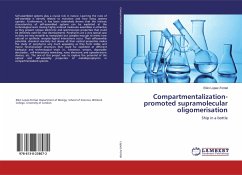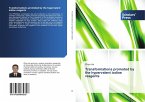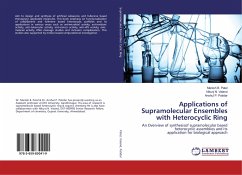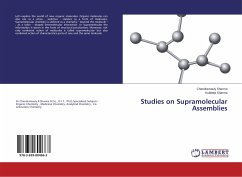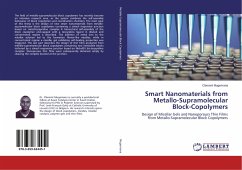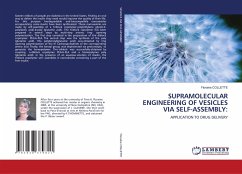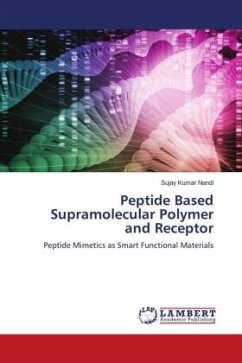Self-assembled systems play a crucial role in nature. Learning the rules of self-assembly is directly related to evolution and how living systems operate. Furthermore, it has been extensively shown that the intrinsic characteristics of self-assembled systems can be exploited at the technological level. Having highly ordered molecular assemblies is attractive as they present unique electronic and spectroscopic properties that could be definitely used for new developments. Porphyrins are a very special case as they are very versatile to manipulate but complex enough to mimic how natural or synthetic receptor-ligand interactions occur. Their selfassembly potential, chemical reactivity but above all their optical properties makes the study of porphyrins very much appealing as they form stable and macro functionalised structures that could be exploited at different biological and technological levels i.e., biosensor, sensors, disposable electrodes , cell-interactions mimicking, nano electronic and optoelectronic devices, etc. The aim of this project was to explore the potential of the optical and self-assembly properties of metalloporphyrins in compartmentalized systems.

